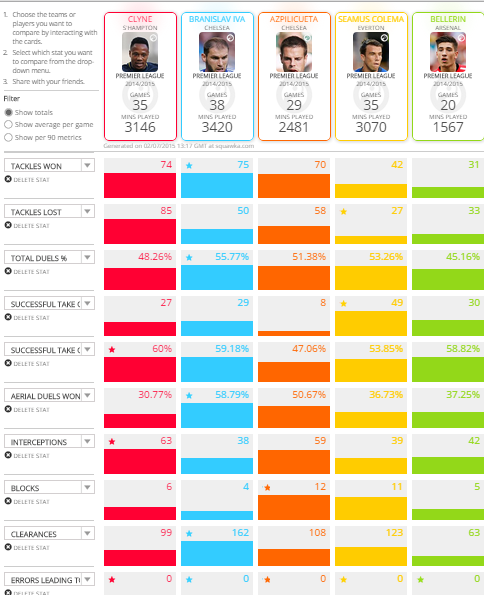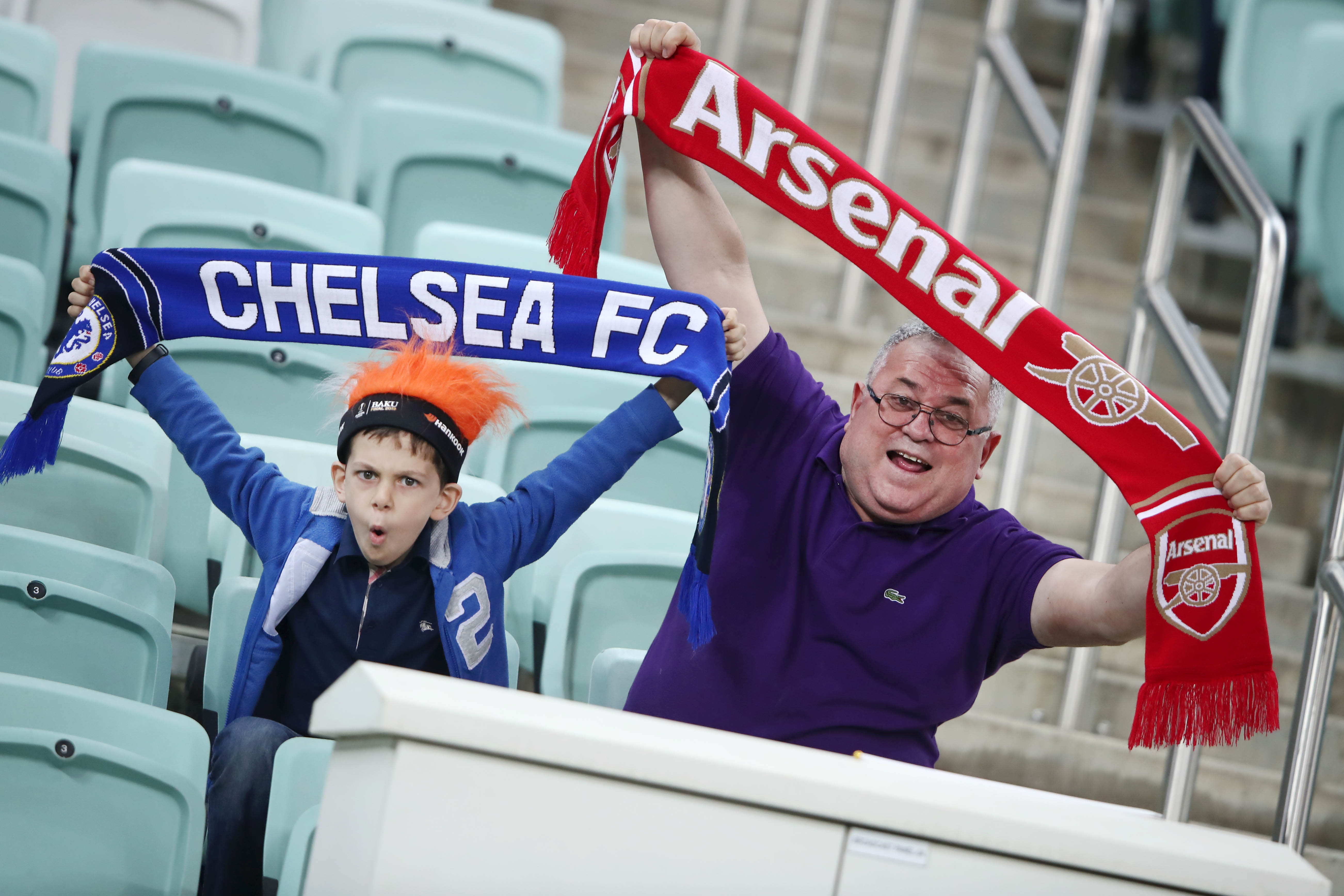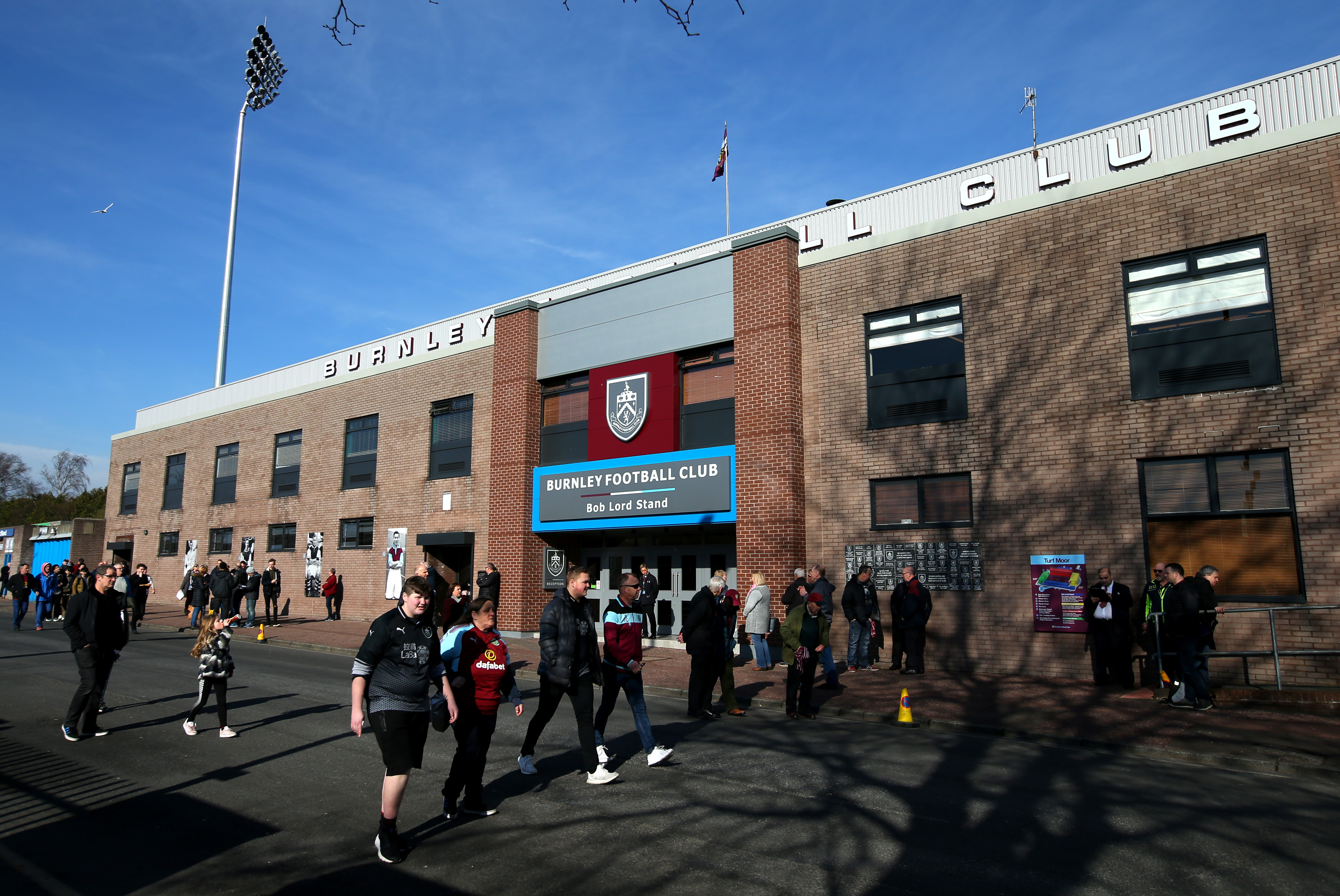Liverpool FC announced their sixth signing Nathaniel Clyne from Southampton on Wednesday in a A?12.5 million deal. We analyze just how good Clyne is compared to Premier Leagues best fullbacks and what to expect from him at Anfield.
Fresh from the acquisition of Roberto Firmino from Hoffenheim in a 29 million pound deal last week, Liverpool FC pulled off, what was described as, another coup by snapping up Nathaniel Clyne from Southampton
The England right back signed a five year deal worth a reported 90k per week as Liverpool FC addressed one of the priority position they had to fill this transfer window and it was done right under the noses of hated rivals Manchester United, who had been keeping tabs on Clyne, even though they had not made a bid for the player as per reports.
So, what can Liverpool fans expect from Clyne?
Style
Clyne, 24, is a proper modern fullback who made his England debut earlier in the 2014-15 season and made a very good impression in his first outing against Switzerland. Signed from Crystal Palace by Southampton, the player has good pace for a fullback and likes to bomb forward.
Give and go with the wide player or a central midfielder is something that fans at Anfield can expect a lot. One of the player’s favorite attacking move is the zig-zag with the ball at his feet, moving in one direction and then another with pace and usually taking advantage of the defenders showing him the inside to come in. Clyne has a tendency to ghost inside the penalty area as Liverpool fans would remember with his goal at Anfield on the opening day of 2014-15 season.
Defensively, Clyne likes to harass the opposition winger and loves to make tackles as evident with the fact that he was second only to Nemanja Matic for making most tackles in the league. There is an accusation that the player often is too eager to win the ball and gets dragged away from his position quite often. More on that, later.
Attacking Ability:
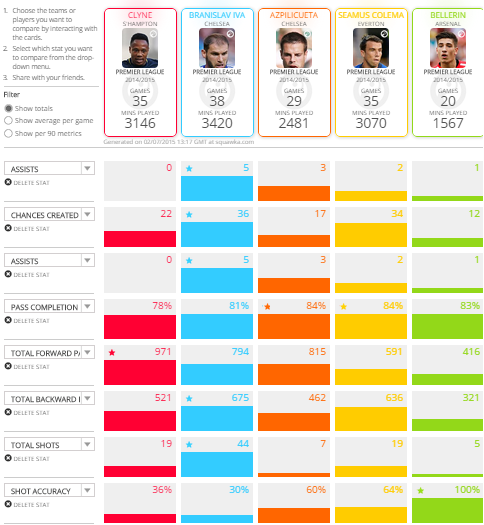
Comparing the player attack wise to the Premier League’s best fullbacks gives a much more clearer picture of what to expect from him.
Chances Created: A pass leading to a shot on goal, (including assist)
Clyne created total of 22 chances and recorded no assist. That is at a rate of 0.63 per game, and third worse by a whisker to Hector Bellerin at 0.6 per game (12) and Cesar Azplicueta at 0.59 per game (17).
However, it is well documented that Southampton struggled in terms of goals last season and all the other full backs were not only playing with much better attackers, but, also with teams that were scoring a lot of goals.
A fullback creates most of the chances through crosses, as evident with Seamus Coleman and Branislav Ivanovic leading the category of chances created and a defensive minded Azplicueta, who rarely crossed the ball, the worse in terms of per match statistic.
Clyne, it must be noted, is not really the best crosser around. His game involves a lot of one-two and then moving into the box. He can probably be coached to get to the by line and try to win the corner or drill the ball in on the ground, a much easier thing to do when you are running with the ball at pace which Clyne often does and thereby, probably, doesn’t really cross that well.
Patrice Evra could be cited as a great example. A player who overcame his limited, if not bad, ability to cross the ball in the air by moving into the box after one-two, or drilling the ball in, or also, often getting to the by line and winning the corners. Something that Dani Alves also bases his game on.
Moving onto his ability to pass the ball, Clyne has the worst passing success rate at 78%. But, when put into the context that the player made 971 passes forward at 27.74 per game, the most overall among the five players and only beaten by Azplicueta in per game stat(28.10 per game), and therby, could be concluded that he takes more risks and hence is bound to have a lesser success rate of pass completion. Moreover, Coleman and Ivanovic, who had the most chances created and were the most attacking fullbacks in the league, had 380 and 180 lesser forward passes than the Southampton man.
Also, further putting it into context just why his passing % was the least, Clyne made 14.91 backward passes per game, which is a total of 521, the player was easily the least in terms of making the safer back passes. Ivanovic 17.76 per game, Azplicueta 15.93 per game, Coleman 18.17 per game, and Bellerin was 16.05 per game were all more than the new Liverpool FC right back.
As cited earlier in his style of play, Clyne likes to run with the ball. And as it is evident in the statistic in the below snapshot, the player is good at it, having a 60% success rate which is the highest among the five fullbacks. The stat is even better than Seamus Coleman by almost a good 7%, a player who has made 49 total successful dribbles, the most of all players.
Dribbling, and pace, is what Clyne is about. The two attributes are the player’s biggest asset. Liverpool FC fans can look forward to that.
Defensive ability
Nathaniel Clyne, as cited earlier in his style of play, is a player who likes to make tackles with only Matic making more tackles than him in the Premier League last season.
He won 74 tackles, second only by a whisker to Ivanovic with 75. Also, he was second only to Azplicueta (2.41 per game) in tackles won per game by a small margin at 2.11 tackles won per game.
The worrying statistic being that the new Liverpool FC rightback, who is indeed combative as given by the stat that he makes a lot of tackles, loses quite a few as well. In fact he lost the most tackles overall (85) as well as most per game when compared to the four best premier league fullbacks last season (2.43 per game). Azplicueta was second as he lost 2 tackles per game in Premier League 2014-15 for Chelsea FC.
The total duels (tackles) won % though, is the second worst to Arsenal FC’s Bellerin at 48.26%, and is not far off from other fullbacks with Ivanovic best at 55.77% duels won.
Aerial dues, as clearly seen above, is one of the weakness of the player with just 30.77% won – the worst of the five fullbacks.
Coming to other defensive statistic of the player that are interceptions(when a player cuts out an opposition pass), block (a shot is blocked), and clearance (player under pressure clears ball from defensive zone), we see that Clyne has made more interceptions (63) than anyone else. This indicates that the player may have good game reading and is eager to cut the ball off. However, what statistic could have put the ability of player to intercept being of a high level beyond doubt was if a stat that indicates interception missed as available. Which is not. But, looking at the way he plays, it does appear though that the player has a good interception sense.
At 1.8 interceptions made per game, he is a close third to Azplicueta (2.03) and Bellerin (2.11) with Ivanovic (1) and Coleman (1.11) left in the wake of the trio.
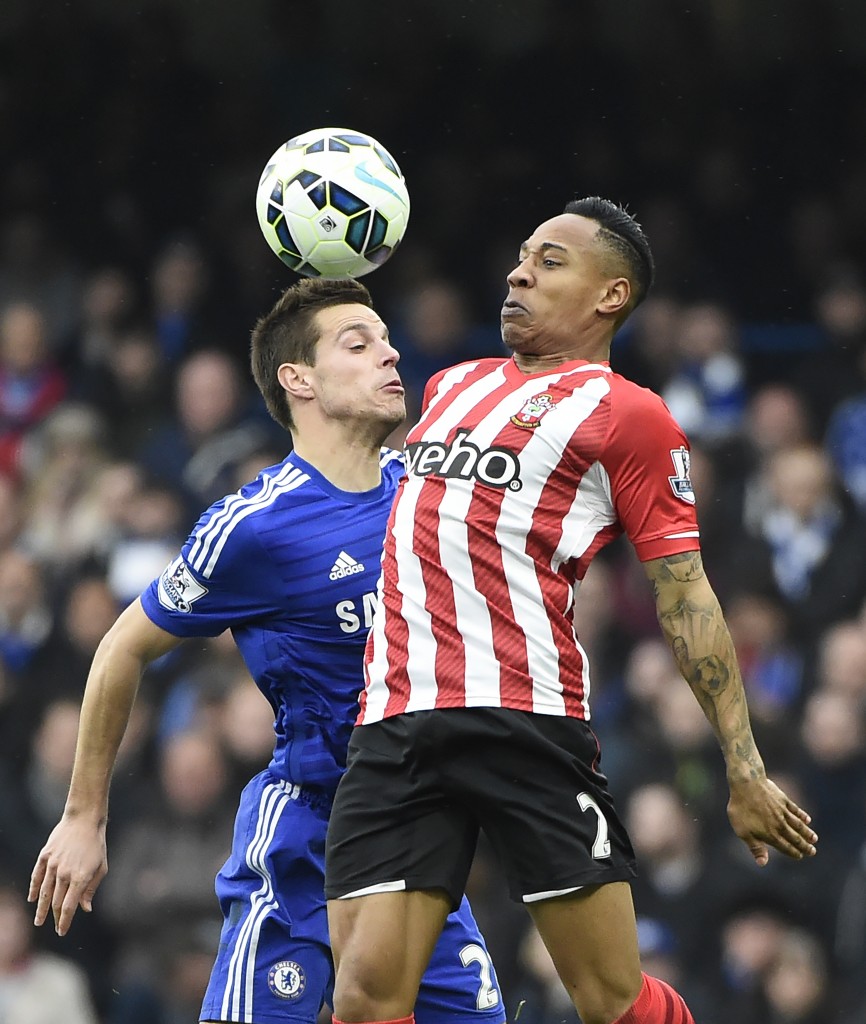
Fullbacks do not get many opportunity to block a shot and hence, is a statistic of not much relevance. Unfortunately, the statistic were not available for crosses blocked which would have indicated the ability of the player to press an attacker.
Clearances made, at 99, is the second last only to Bellerin, who has played much, much lesser games. Clyne is not a player who clears the ball. With his style of play involving making forward passes and running with the ball, one could imagine why the stat appears so low. Again, indicates more of style of play than anything else, which for the record, at 2.83 per game is the worst of the five fullbacks.
Now, the final statistic is a pretty interesting one and highlights the limitation of statistic in football. Especially when it comes to judging positional errors leading to goal or concentration issues like ball watching, something that is a case with Nathaniel Clyne and his biggest weakness alongside winning duels in the air.
Errors leading to goal there in the statistic snapshot is listed as 0. However, it must be bought to attention that Squawka fails to define what exactly constitutes an error leading to goal. It probably would be an own goal or a direct give away of pass that leads to goal. There is, statistically, no way to record positional errors probably, or not accurately enough. His positional play is often weak, and was pretty evident in the game against Scotland, where he was playing for England, Clyne was not only caught in the wrong position, he was also ball watching again as Scotland scored the goal.
Clyne has a tendency to be over eager to win the ball, given his style of play is combative, and likes to make interceptions. This usually results him into not paying too much attention to his positional play, which is pretty average defensively.
The second goal on the opening day game in 14-15 Premier League against Liverpool highlighted another problem in Clyne’s game – concentration. Sturridge ghosted in behind the player to score the winner, as Clyne just stood there ball watching.
Positional play, headers are Clyne’s biggest weakness and has a tendency to lose concentration.
Verdict:
.
For a defender, in the last year of contact, 12 million GBP is a lot of money. To give you an idea, an incredibly in form Robin van Persie, a forward, usually costlier than other positions, at his peak at 29 years of age, went for just 24 million GBP in his final year of contract. Thierry Henry went for just 16 million GBP to FC Barcelona in his final year at Arsenal FC.
However, ultimately, Liverpool did pay only 12.5 million for the player, so that has to taken into account as well, as much as that it was a high fee in the context that it was last year of his contract and that Clyne is a defender.
Clyne is reportedly at 90,ooo per week salary at Liverpool FC. That is, again, for a defender, lot of money. To put it into context, arguably league’s best right back, Branislav Ivanovic is paid around 80k per week.
When you pay that transfer fee, and those wages, you expect a player that is one of the best right away and consistently delivers week in week out. However, there is a lot that Clyne needs to do to convince that he can consistently perform at a high level.
For a rightback who likes to push forward and dribble, he has 0 assists and just 2 goals. He has often been found out defensively in terms of his positioning and concentration.
However, he is young, and at 24 years of age, has a good four to five years before he reaches his peak. If he does have the right attitude, which Liverpool FC scouts would have probably paid attention to, the player will only improve, and Liverpool fans will hope he does.
That again, though, does not take away the fact that the money the club is paying (90k per week + 12.5m GBP for a defender in last year of contract), is for a player who should not be a risk, but, be able to come in and perform right away.
While we have analyzed only technical and tactical aspects of his play, there are mental aspects too that needs to be analyzed which we cannot. But we can get an idea.
The fact that the player has played for Southampton, with all due respect, and other lower league clubs, there remains a question mark of overcoming media scrutiny at a big club. At Saints, you can dribble and look pleasing to the eye and hence, catch attention, but get away making a few mistakes.
Not at Liverpool FC. The good plays will be taken for granted, unless of an exceptional level. Poor plays, though,will be discussed for days. Psychologically creating a massive challenge for players not used to it. Result could be self doubt and loss of confidence. That is something the scouts give a report on, the mentality of the player, and something we can only wait and see how it turns out.
For now, Liverpool FC have signed a player who is still a ‘potential’ than a finished product. Needs time to develop, and the Reds would hope he has the drive and motivation to improve alongwith the mental ability to cope with the pressure that comes with playing for Liverpool Football Club.

